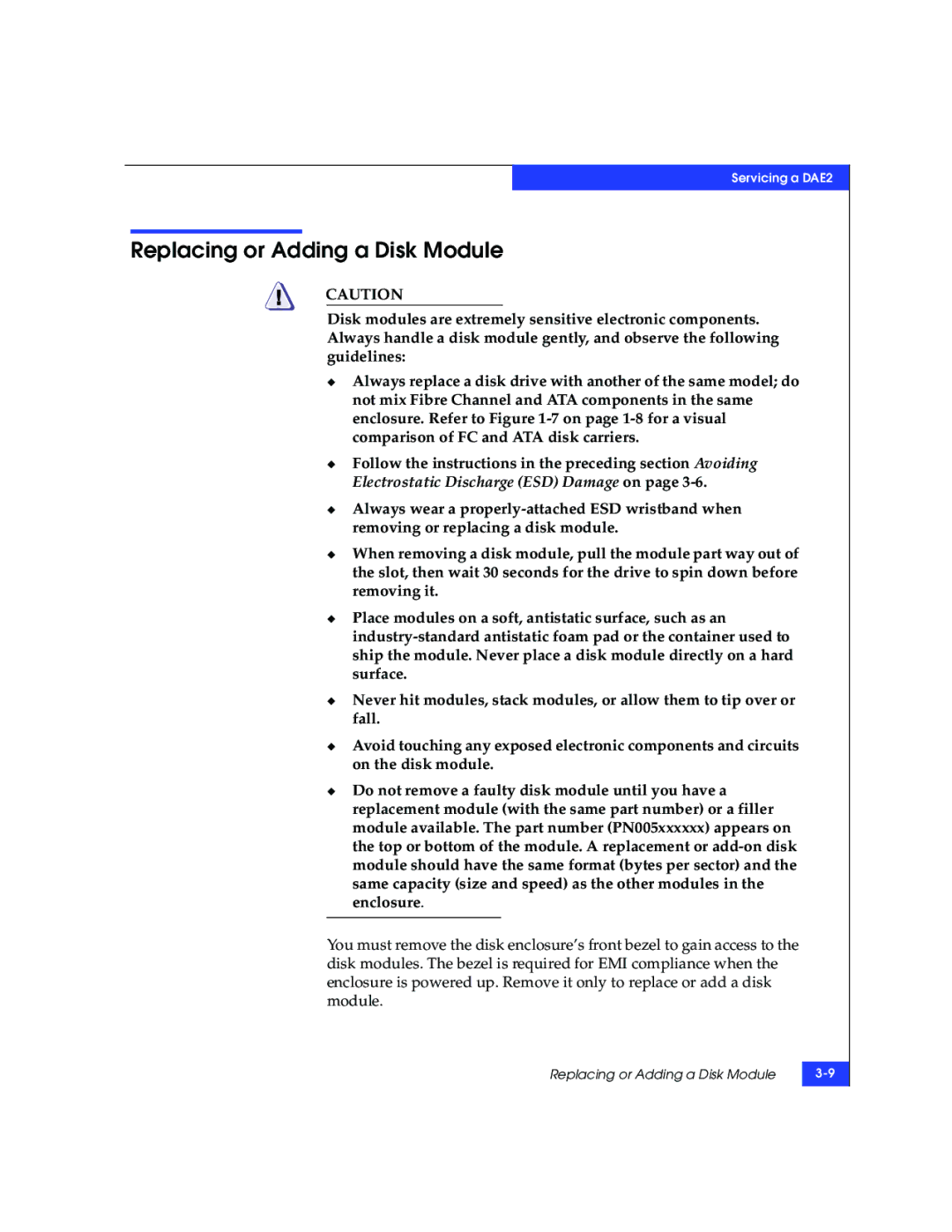FC, ATA specifications
EMC ATA (Advanced Technology Attachment) and FC (Fibre Channel) are two significant technologies in storage networking that enhance data management and access in enterprise environments.EMC ATA, often associated with ATA storage devices, offers a cost-effective solution for managing large volumes of data. Shipments of ATA drives have become increasingly popular in the realm of consumer electronics due to their affordability and capacity. EMC utilizes ATA drives in various storage solutions, primarily focusing on performance and reliability. These drives handle particular workloads effectively, making them suitable for environments that require mass data storage, such as digital media and backup solutions.
In terms of key features, EMC ATA solutions provide high capacity, reliability, and cost-effectiveness. They are designed to manage routine data storage tasks with ease. These storage devices utilize interfaces that provide straightforward integration with various computer systems. Additionally, EMC ATA solutions come with error detection features and are generally simple to deploy, which is beneficial for teams seeking efficiency without an extensive learning curve.
On the other hand, Fibre Channel (FC) is a high-speed network technology primarily used for interconnecting storage area networks (SANs). Its robust architecture allows for high-speed data transfer rates, typically ranging from 2 Gbps up to 128 Gbps in contemporary systems. The strengths of FC lie in its ability to provide low-latency communications and its reliability in handling large volumes of data traffic.
Fibre Channel's main characteristics include its ability to support multiple protocols, such as SCSI and IP. This compatibility makes it a flexible choice for various storage solutions, especially in large-scale enterprise environments. Additionally, FC switches and directors enable the creation of complex SAN architectures, which can be both scalable and high-performing.
Furthermore, FC ensures data integrity through features such as error correction and data recovery mechanisms, making it an ideal choice for mission-critical applications. Secure connectivity is also a fundamental aspect of Fibre Channel technology, as it continuously secures data as it flows through the network.
Combining the strengths of EMC ATA's cost-effectiveness in bulk storage and the high-performance capabilities of Fibre Channel, organizations can achieve a balanced storage solution tailored to their operational needs. As data storage demands continue to grow, these technologies remain relevant, supporting both traditional and cutting-edge applications in enterprise IT environments.

